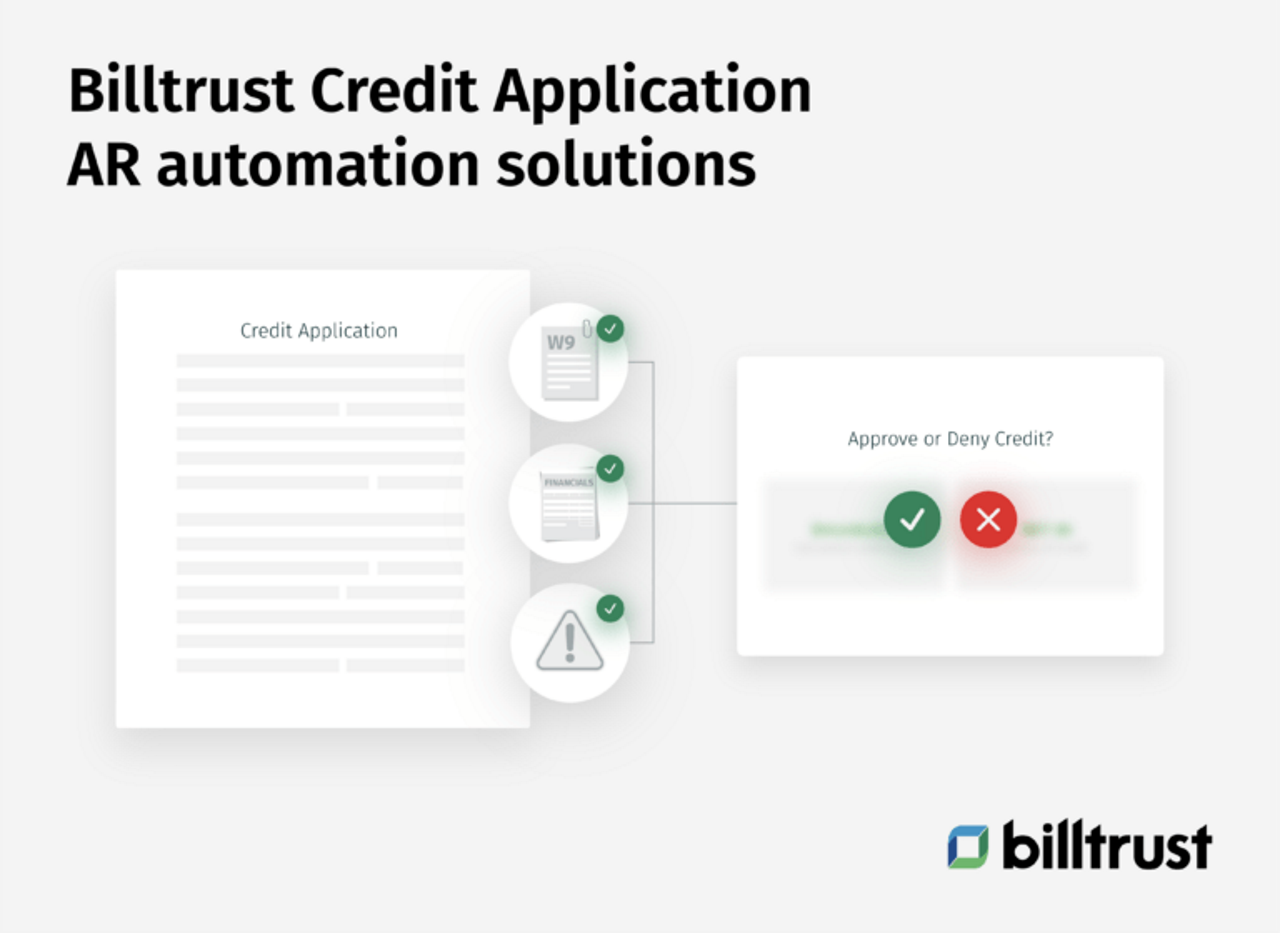Businesses and their accounting departments continue to be impacted by the pandemic in ways that no one could have predicted. Companies have shifted to remote work and continue to move from manual processes to automation faster than ever before. Because organizations have had to re-strategize and shift their plans, strategies, and objectives, accounting and finance teams plan for future challenges.

Consider implementing these accounts receivable strategies into your AR planning activities to position your company for success.

Evaluate your AR processes
When was the last time you evaluated your accounts receivable (AR) processes? You may want to review your policies, procedures and processes now and continue to do so annually. For instance, you can look for ways to minimize the amount of cash you may lose by giving customers alternative forms of payment. An example would be that if a customer pays by ACH, you may want to have a credit card on file to pay their invoice. This is an excellent way to minimize the amount of bad debt.
Review your accounts for delinquencies
The best accounts receivable strategy is to track receivables before they become delinquent and cause cash flow problems. If accounts become delinquent, your collections team must collect payments quickly.
When debts go unpaid for an extended period, the chance of the collection of your receivables is slim. To ensure collecting accounts, send reminders via email, mail and phone. Get a commitment from customers when you expect payment and how much and when any balances will be paid.
Write off bad debts
Piggybacking on “reviewing delinquent accounts,” you may want to analyze how much time your collections department spends chasing and collecting delinquent accounts. If accounts are really old and it is unlikely no money will be collected, selling bad debts to a third-party collection agency may be more cost-effective. However, only pay pennies on the dollar to buy these accounts. Use your best judgment because writing off accounts receivable in certain situations may be more effective.
Consult with your company’s accounts receivable department and tax accountant to ensure that writing off bad debts makes sense vs. selling accounts receivable.
Review your customer data for accuracy
Data is an accounts receivable strategy that you can no longer ignore. Once you enter customer addresses, assign credit limits, discounts, payment terms, return policies and other relevant terms, they must be accurately tracked and reflected in your billing and collections system.
Having quick access to data can help you ensure the accuracy of your customer accounts. For instance, inaccurate customer addresses may cause invoices to be mailed to the wrong place resulting in late or no payments. Of course, using invoicing automation can alleviate this issue.
Centralizing master data and regularly auditing customer accounts will help you notice inconsistencies like inappropriate credit limits and payment terms. To avoid these and other issues, update and audit customer data immediately. Make collecting and analyzing data a part of your accounts receivable process moving forward.

Create an optimized collections strategy
Maintaining a solid cash flow is imperative for businesses, no matter the industry. Since March 2020, when the pandemic hit, businesses have seen collectability, the promise to pay and payment in full decrease 38, 12 and 13 percent, respectively. Plus, companies have been growing and managing their remote teams. As a result, companies must have a strong collections strategy to ensure a healthy cash flow. Improving customer communication can help to ensure accounts receivables are front and center.
Using accounts receivable automation software offers companies a way to increase their efficiency, reliability and customer satisfaction. For instance, customers can receive quick payment reminders, have a convenient way to pay invoices, review account balances and initiate correspondence. Focusing on improving customer relationships can strengthen advocacy and loyalty in the long term, leading to quicker B2B payments.
Offer flexible payment options
Offering flexible payment options must be a part of your accounts receivable strategy. After all, you want to get paid faster and maintain a healthy cash flow. Consider the following factors.
Invoicing accuracy and delivery
If you send your invoices through the USPS, you may have noticed that the mail has gotten slower which means your customers may not receive them promptly. This is why many companies encourage the adoption of electronic invoices and payments via accounts receivable software. Why? Because manual processes may result in errors. Invoice accuracy can affect payment timelines and costs because employees may spend hours correcting mistakes.
Payment options
Businesses must consider their customer's payment preferences in addition to their payment terms. This accounts receivable strategy can’t be ignored because deferrals have increased by 22 percent since March 2020. Recognize that some customers may require extra time or special payment terms for a short period. For instance, you may allow a customer to pay by credit card when paying by ACH. Not only does this provide your customer extra time, but it secures your payment. Should you offer customers a payment plan, ensure that it is automated so that the payment process is smooth and seamless.

Review your and credit approval and management process
As accounts receivable strategies go, reviewing your customer's creditworthiness and your credit approval and management process will be critical in years to come. Why? Because some customers may encounter cash flow shortages which can impact your bottom line.
As your business grows, your credit risk managers will feel the pressure to make more and better credit decisions. It’s why companies are increasingly implementing credit application and credit management AR automation solutions. Not only can they help you accelerate the approval process, but they will also help with monitoring your customers and alerting you of significant credit events. Automation solutions are a great way to stay informed about credit changes to reduce risk.

Refine the cash application process
When you receive payments, process and apply them correctly the right customer and the correct invoices. If not, disputes or issues that arise later may be difficult to resolve. Payments should be posted as soon as possible to know which accounts are current and overdue. However, this may not happen if you’re still using a manual process. For this reason, you may consider using cash application accounts receivable software. Automating B2B payments can speed up the process quickly and accurately.
Remember that you want to remain flexible regarding your payment options. However, limiting them may simplify the process. You want to avoid dumping cash into suspense accounts because the amount may grow over time. It’s better to post journal entries promptly, preferably before system cutoff dates.
Move beyond DSO and establish an accounts receivable KPI strategy
You may have heard the phrase, “cash is king,” and it could not be more accurate. Today’s CEOs, CFOs, controllers and credit managers understand the importance of generating positive cash flow. After all, if you want to grow your business, a positive cash flow can help you invest in new systems, technology, employees, training, machinery and improved processes. Of course, it also includes improving your accounts receivable management and receivables collections.

If you haven’t established key performance indicators (KPIs) or if they need reviewing, consider the following steps:
- Create an accounts receivable KPI strategy.
- Identify which KPI metrics to measure.
- Implement an accounts receivable (AR) KPI automation solution.
An AR KPI strategy aims to speed up cash flow and maintain good customer relationships. The top accounts receivable KPIs that you should report on are:
- Days sales outstanding (DSO)
- Average days delinquent
- Accounts receivable turnover ratio
- Collection effectiveness index (CEI)
- Number of revised invoices
- Staff productivity
- Bad debt to sales ratio
- Percentage of credit available
- Percentage of high-risk accounts
Your policies and procedures should keep customers on track, and you must take action when accounts become delinquent. Review your receivable turnover ratio monthly and keep AR collection within 90 days.
Step into the future with AR automation solutions
The accounts receivable strategy you can’t ignore is automation. Artificial intelligence and machine learning are here to stay, and the sooner you embrace the technology, the better your company’s cash flow, and growth. In the long run, it’s better to work with automated workflows because they can reduce errors associated with manual workflows.
Another benefit of artificial intelligence and machine learning is that employees can spend time on critical business tasks. It also gives you access to data and analytics to better understand customer behavior, credit risk, cash flow and more. Plus, operational inefficiencies may be revealed with an efficient order-to-cash (O2C) automation solution.
Moving forward, companies must keep their cash flow positive, operating costs low and their customers happy. Most customers are tech-savvy and loyal to businesses that provide a smooth and seamless 24/7 self-service experience. With electronic invoicing and payments on the rise, you must consider AR automation solutions.

